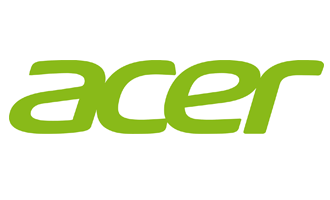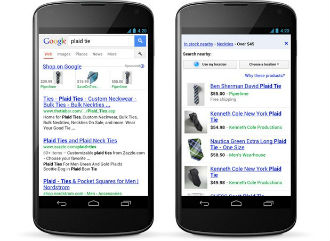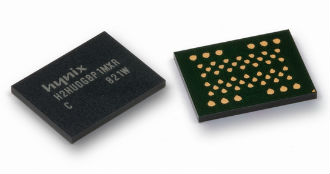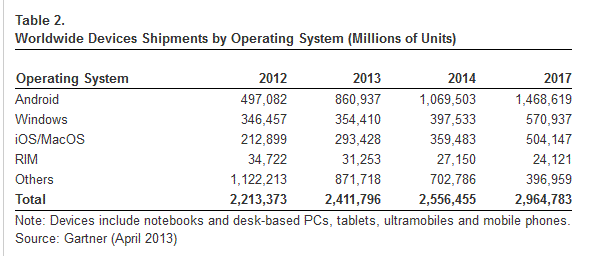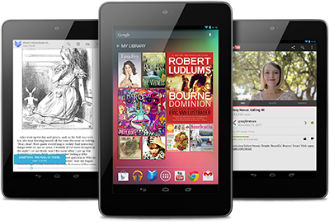 Big brand tablet makers have slashed their shipment targets for 2013, citing stronger than expected competition from white-box vendors. According to NPD DisplaySearch, worldwide tablet shipments should hit 256.5 million units this year, up 67 percent from 153.6 million units last year.
Big brand tablet makers have slashed their shipment targets for 2013, citing stronger than expected competition from white-box vendors. According to NPD DisplaySearch, worldwide tablet shipments should hit 256.5 million units this year, up 67 percent from 153.6 million units last year.
However, big brands will lose market share, as white-box outfits are growing faster. Apple, Google, Microsoft, Samsung, Acer and Asus are expected to lose share at the hands of Chinese white-box makers, who are slowly making inroads in the international market. NPD DisplayResearch estimates that top brands shipped 172 million units in April, but shipments are believed to have dropped to 167 million units in June.
Market leader Apple is also feeling the pinch. It shipped 67 million iPads last year, but NPD DisplaySearch has cut mighty Apple’s shipment target for 2013 from 88 million units to 74 million.
However, despite the cuts the tablet market is looking as healthy as ever, but it might be becoming a bit more heterogeneous. Cheap Androids might undercut industry heavyweights, but at the moment this is more of a regional trend than a global one. White-box vendors are doing well in some parts of Asia, but they won’t take western markets by storm.
While browsing through some cheap tablets at Computex, we got the impression that they have a lot of potential and they might be competitive in some markets. However, it won’t be a repeat of the Macintosh vs. vanilla PC battle of the eighties. The trouble for white-box Chinese tablets is that they can’t just waltz into Europe and the US. For the time being many of them can only sell their kit in mainland China. As one vendor told us, if they tried to go overseas, their collective hind quarters would be sued by Acer and other big players.
